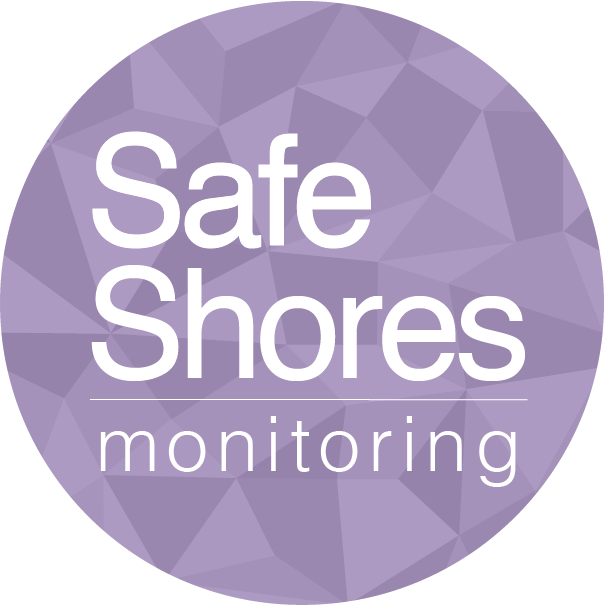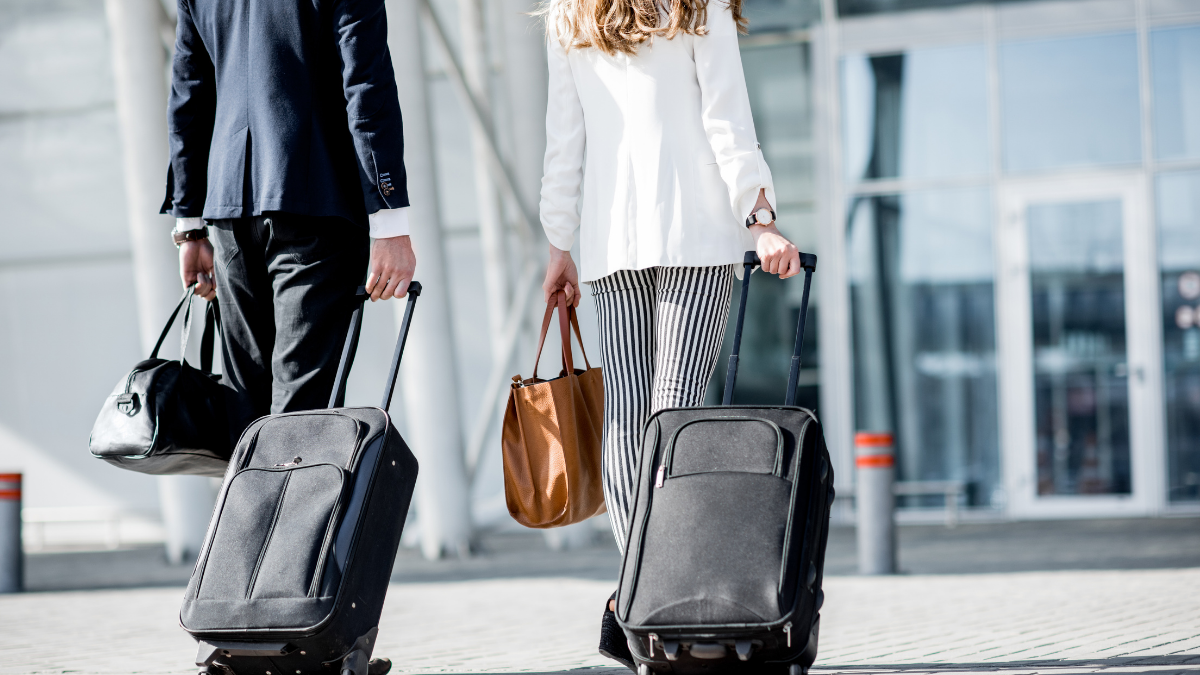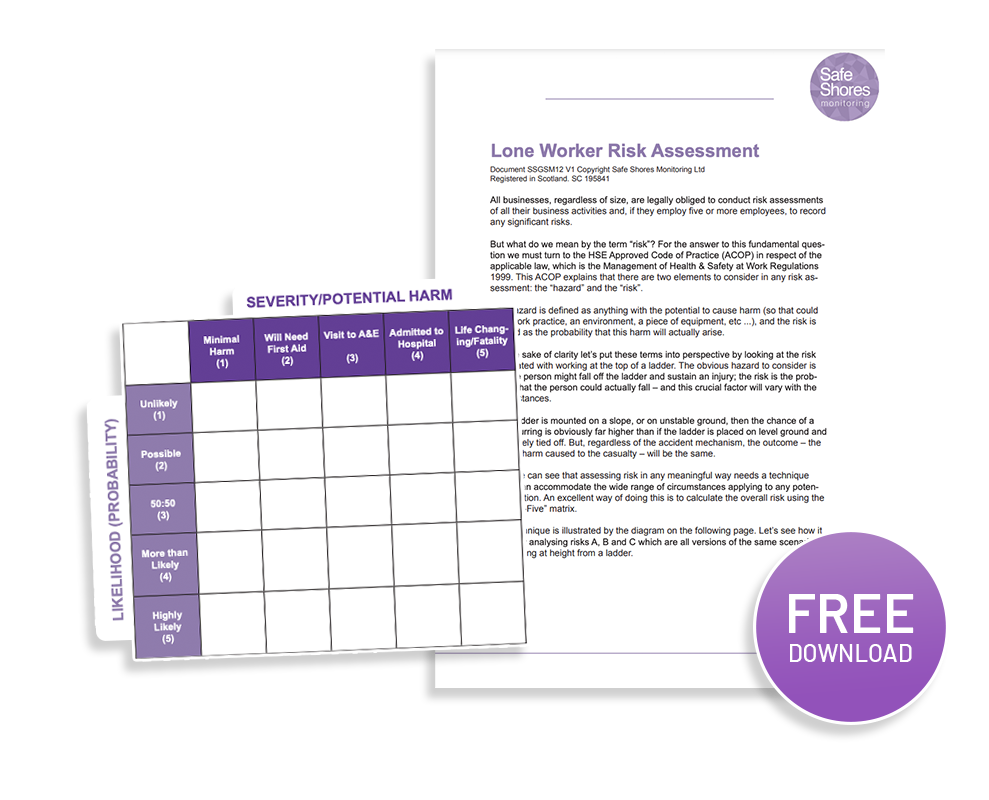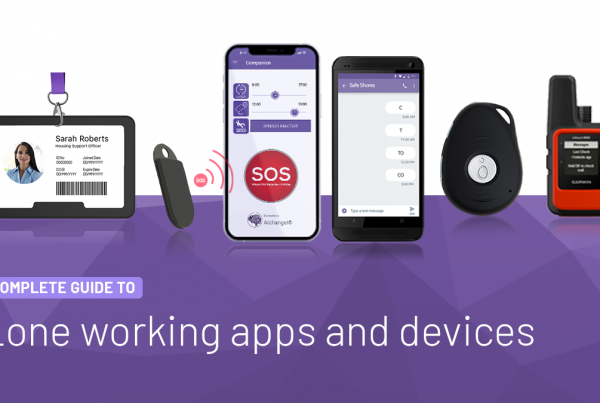As businesses become more interconnected locally and internationally, your employees may start to travel far and wide, often whilst working alone. Business travel can be as simple as an employee crossing the street to meet a new client, attending a local event, or it can be as complex as flying across the globe for important business meetings and dealings.
No matter how far your employees travel, a range of risks can be present and as an employer, you have a duty of care to protect business travellers from any foreseeable risks by putting necessary measures and plans in place to reduce risks and be prepared in the event of any emergencies.

Potential business travel risks
When an employee sets off on a journey, it’s important for them to understand and recognise any potential risks they may face before they leave. Business travel risks can be small or large, depending on circumstances, location and nature of the trip or the job.
What are the risks?
Political instability or civil unrest
Political instability in other countries can be a source of risk and uncertainty for lone working business travellers. Mass protests can often take place in other countries relating to human rights issues, climate change and other causes that can often unfortunately turn into riots, resulting in risks to personal safety for business travellers. Business travel to areas or events where political demonstrations or protests are taking place should be carefully planned. This should involve understanding where any risks may be present, understanding the terrorism threat level in the location you are visiting, and if there are particular areas to avoid.
 Health risks
Health risks
Employees can often experience risks to their health from underlying medical conditions which could result in heart attacks or strokes when travelling for work. Becoming unwell unexpectedly is also a risk that must be taken seriously when considering business travel. Whilst you often can’t predict these incidents, it’s important to plan for them in advance. Planning should include:
Taking measures against existing threats to health and wellbeing
If an employee has underlying medical conditions, ensure that they are fit and well enough to travel in the first place. Ensure that employees take their necessary medication with them, and have taken all precautions to protect themselves from other health risks, such as coronavirus. All employees should take all necessary vaccinations and wear masks when appropriate.
Food and water safety
When travelling, you may enter a location or country that has different food and hygiene standards to your home country. It’s important that employees consider this and stick to safe eating and drinking habits by only eating foods available from established restaurants or food outlets, and should opt for bottled water instead of tap water.
Available Healthcare
Before travelling, employees should understand the available healthcare of the region they are visiting, locally and internationally. Having access to healthcare facilities can ensure that an employee has access to anything they need to recover quickly from any risks to their health.
 Crime and personal safety
Crime and personal safety
No matter where you go in the world, there may be a risk to your personal safety as a result of different forms of crime. When travelling, you may be exposed to risks such as petty theft and travel scams, or may come into contact with dangerous individuals. This can occur even in your hotel, so it’s important to be prepared no matter where you are.
Crime can also be present to business travellers in the form of cybercrime. Whilst travelling, you may end up using a form of public Wi-Fi in order to stay connected and work as you travel, however using public Wi-Fi may leave you vulnerable to hacking or spoofing attempts where you and your companies personal information and files can be stolen. It’s important to only use secure Wi-Fi networks via a VPN.
Severe weather and natural disasters
Just like any job, the weather and unforeseen natural disasters can have an impact on employee safety in any location. However, major adverse weather events, such as earthquakes and wildfires are occurring more frequently around the world without enough prior warning to evacuate employees ahead of time. Before an employee travels, it’s important to research the weather that may impact their journey and time in another location, and understand if the area is prone to any major weather events, such as heavy rain and flooding, wildfires, earthquakes, hurricanes or more.
How to protect travelling employees against risks
As an employer, you have a duty of care to identify and mitigate risks exposed to employees who are travelling as part of their role. Everyone in your organisation, from the CEO, to human resources, risk management, legal, operations and finance and employees themselves all have a responsibility for duty of care. To achieve duty of care, you can create a program of measures that could include:
Understanding pre-travel risks
To proactively manage risks, you first need to understand what risks are present in the location an employee is travelling to. To help understand travel risks, you can conduct a destination risk assessment using our handy risk assessment toolkit (click here). As part of this risk assessment, you can identify personal risk factors, environmental risk factors and occupational risk factors that may be present.
To further support your risk assessment, you should research the destination to understand the risks, including the crime and safety standards in the country, the likely weather events present in the country, political disturbances or protests, or any other events that may pose a threat to an employee.
The UK Government has an extensive list of advice on safety, security, entry requirements and travel warnings based on different countries that you can use to support business travel and employee safety. Click here to view the list.
Develop corporate travel policies
Another method in supporting travelling employees is to develop a corporate travel policy. A corporate travel policy would be an official document issued by your organisation to all employees and includes a breakdown of all identified risks and further insight into policies and measures in place, such as communication methods, lone worker safety measures, cyber security policies, and insurance measures (such as business travel accident insurance, business travel medical, foreign commercial packages, employee benefit plans, evacuation and assistance, kidnap and ransom etc.)
Create a crisis management plan
Business travel may involve incidents, therefore it’s critical to ensure that your business is prepared to respond to these incidents and ensures that everyone in the organisation understands procedures and roles in place in the event of an emergency whilst travelling.
To help respond to incidents, businesses should create crisis management plans in relation to business travel. A crisis management plan should outline roles, responsibilities and steps taken in the event of an emergency, such as who to contact and details of any local help points such as doctors/hospitals, police stations or other emergency services. Your crisis management plan should also outline methods of communication to stay in touch with travelling employees, such as relevant mobile phone numbers, email addresses or instant messaging apps.
Using a lone worker safety platform for crisis management and employee safety
As part of your crisis management plan, you may wish to implement a lone worker safety solution which provides business travellers with a dedicated lone worker safety app or lone worker safety device fitted with GPS monitoring to help quickly locate and communicate with travelling employees in real time to help mitigate risks and keep employees safe and reassured. As part of your lone worker safety solution, you can also access a lone worker safety system fitted with the latest communication tools, mapping technology and mass notification tools to help respond effectively to emergencies locally and abroad.

Educate employees
Once you have assessed all risks and put measures in place to mitigate these risks, it’s now time to pass that knowledge onto your employees. Discussing all identified risks and common threats that your staff may face, including common lone worker safety threats, means they can prepare and train to handle these risks in a safe way.
Receiving the right information and training can save the life of an employee in a critical situation. Employees who are in unfamiliar situations and locations can be saved by simply knowing the important information identified in earlier research phases, such as local customs and cultures, local emergency contacts, political and security risks and more.
Download our free Employee Business Travel Checklist
To support your employees travel safely, we have developed a business travel checklist to help identify tasks that must be completed before an employee sets sail. This includes:
- Destination Safety Questionnaire
- Travel Planning Checklist
- Health and Insurance Checklist
- Finances
- Important Documents
- Communication
- Personal Safety Checklist
- A list of resources
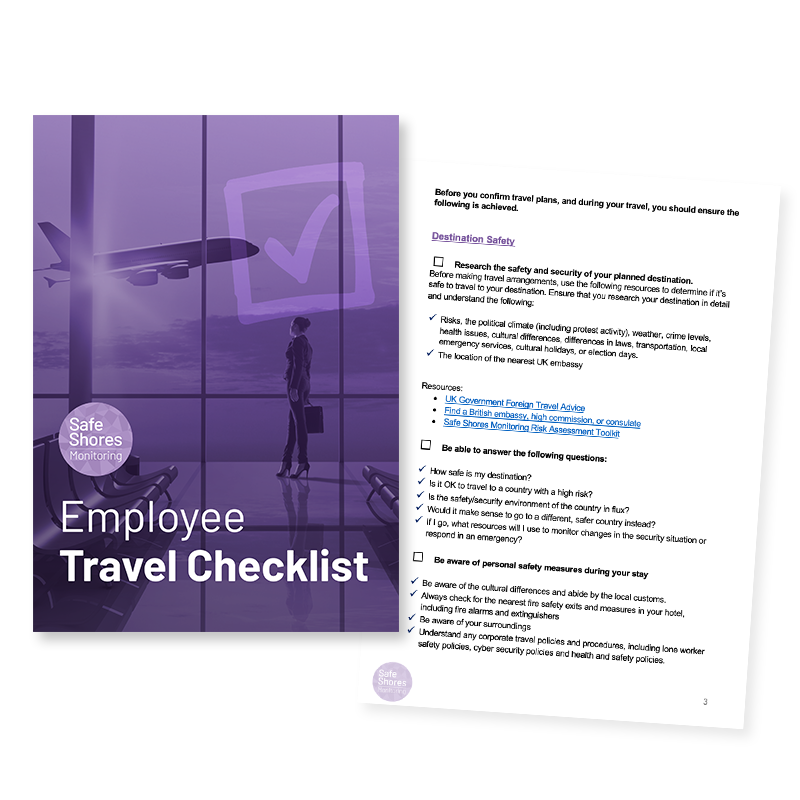
Disclaimer: the information provided in this article is for general guidance only and is not legal advice. This article is not a substitute for Health and Safety consultancy. For legal advice, you should seek independent advice .
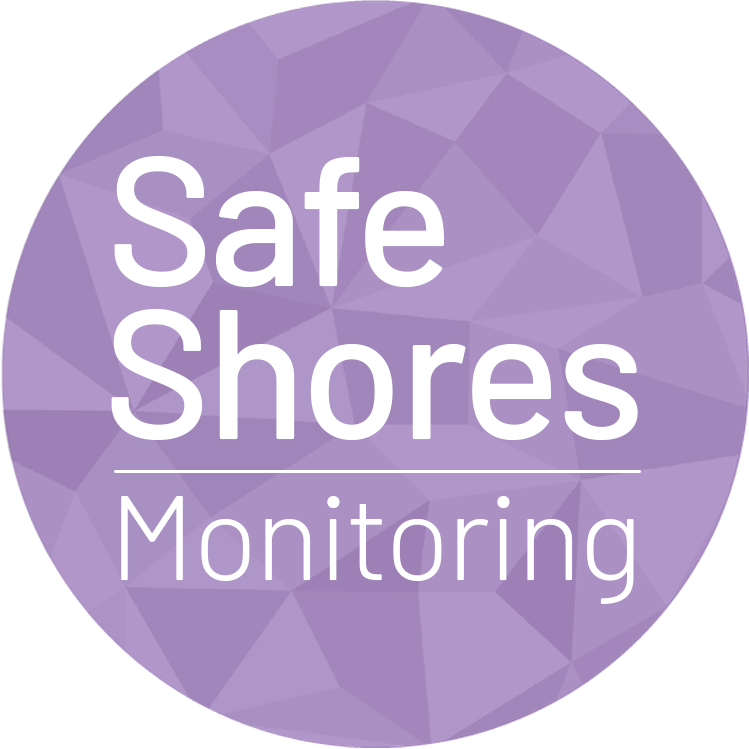
To find out more about Safe Shores Monitoring and out mission to Protect, Assure and Respond to all lone workers and their requirements, please click here.
